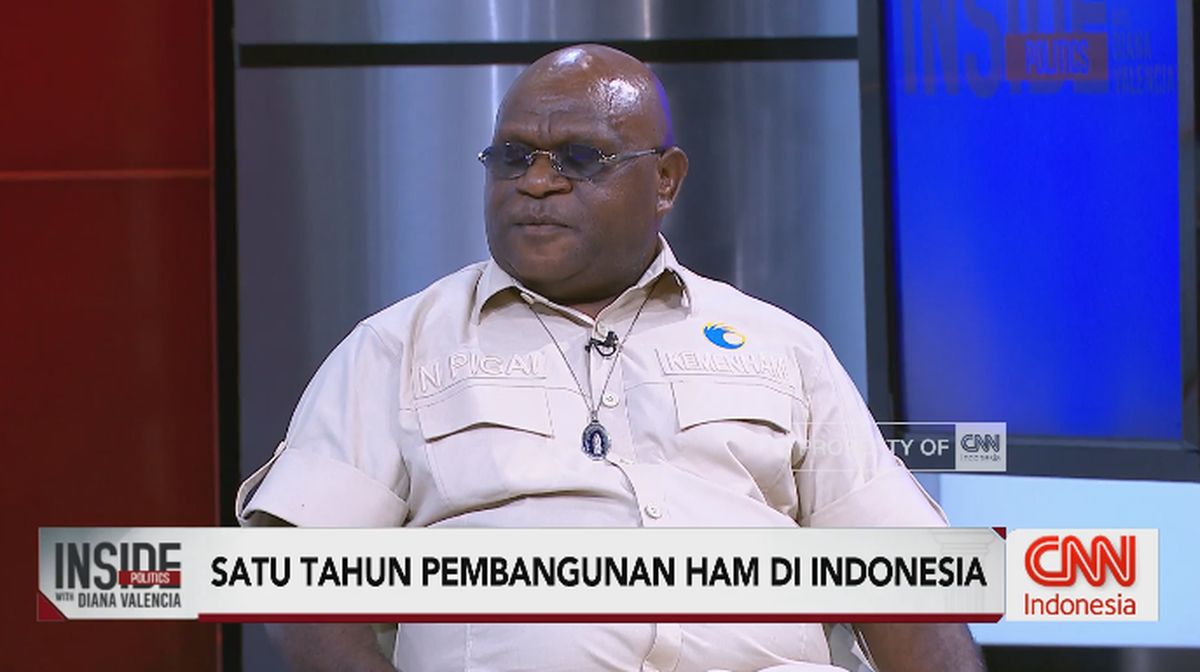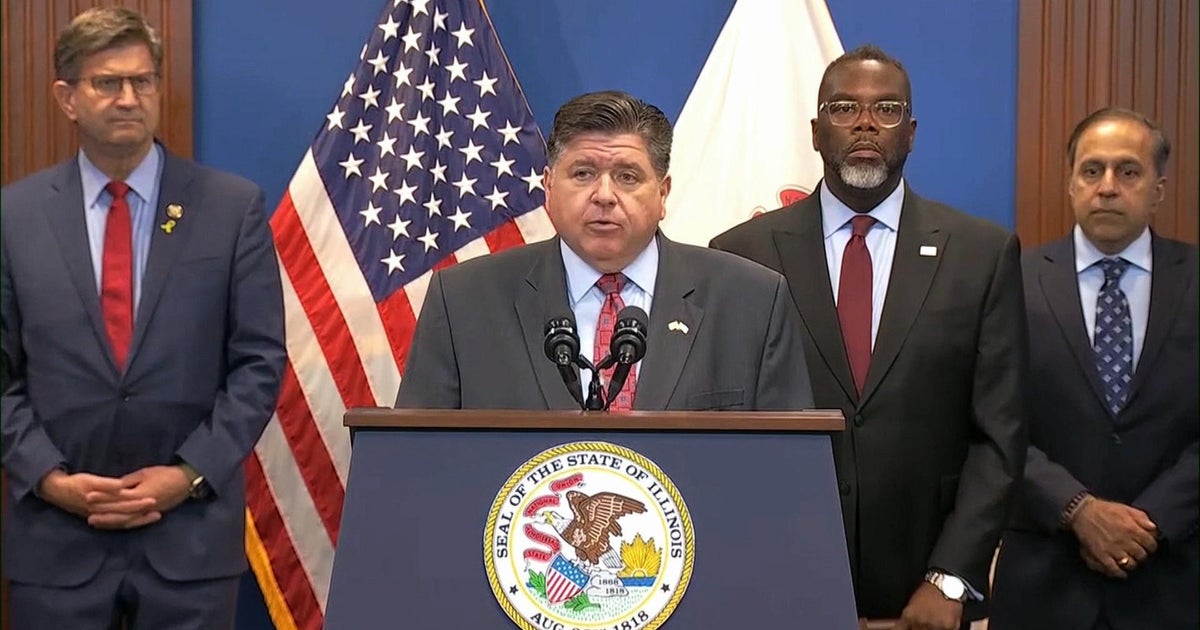Daylight saving is almost here. This is what you need to know
Warmer evenings and longer days are fast-approaching for most Australians, whose clocks will be set forward on Sunday as daylight saving time begins.
The changing of the clocks occurs twice a year, once in autumn and again in spring, with time moving forward in October to prepare for the summer months.
Here’s what you need to know as we transition to daylight saving time.
Does daylight saving apply to me?
Daylight saving applies in New South Wales, Victoria, South Australia, Tasmania and the Australian Capital Territory.
Those observing the change will lose one hour of sleep.

Clocks will move forward an hour at 2am on Sunday morning.Credit: Artwork Aresna Villanueva; animation Stephen Kiprillis
Digital clocks, such as those on smartphones, will automatically move forward to 3am. Analog clocks will need to be manually adjusted.
It will delay the time of sunrise but provide more daylight in the evenings, allow more outdoor activities after school or work, and the reduction of electricity demand at nighttime.
What time do clocks go forward in Australia?
Clocks will move forward one hour in New South Wales, Victoria, South Australia, Tasmania and the Australian Capital Territory at 2am on Sunday, October 5.
What will be the new timezones?
NSW, Victoria, Tasmania and the Australian Capital Territory, all currently observing Australian Eastern Standard Time (AEST), will shift to Australian Eastern Daylight Time (AEDT).
South Australia, which is half an hour behind the eastern states on Australian Central Standard Time (ACST), will shift to Australian Central Daylight Time (ACDT).
Where is daylight saving not observed?
Queensland, Western Australia and the Northern Territory don’t observe daylight saving. No time change will occur, and their respective standard timezones will remain.

Queensland won’t observe daylight saving, but will be implemented by its southern neighbours.Credit: City of Gold Coast
Without daylight saving, the sunrise is earlier, and daylight is more often observed in the cooler parts of the day during warmer months.
Queensland, Western Australia and the Northern Territory don’t believe that daylight saving suits their climate and weather conditions.
Daylight saving time is an issue managed by the state and territory governments.
When was it introduced?
Tasmania was the first Australian state or territory to observe daylight saving, doing so permanently in 1967 after being temporarily adopted as early as 1916 as a wartime cost-cutting measure.

Daylight saving allows for later sunsets.Credit: Danielle Smith
It was introduced by NSW, Queensland, South Australia, Victoria and the ACT in 1971, but was dropped by Queensland the following year.
Western Australia has experimented with daylight saving in the past, including a three-year trial ending in 2009, but ultimately rejected the idea.
A consistent sleep schedule and gradual bedtime changes are among the methods proposed to adjust to the challenges presented by daylight saving.
Start the day with a summary of the day’s most important and interesting stories, analysis and insights. Sign up for our Morning Edition newsletter.
Most Viewed in National
Loading


















































